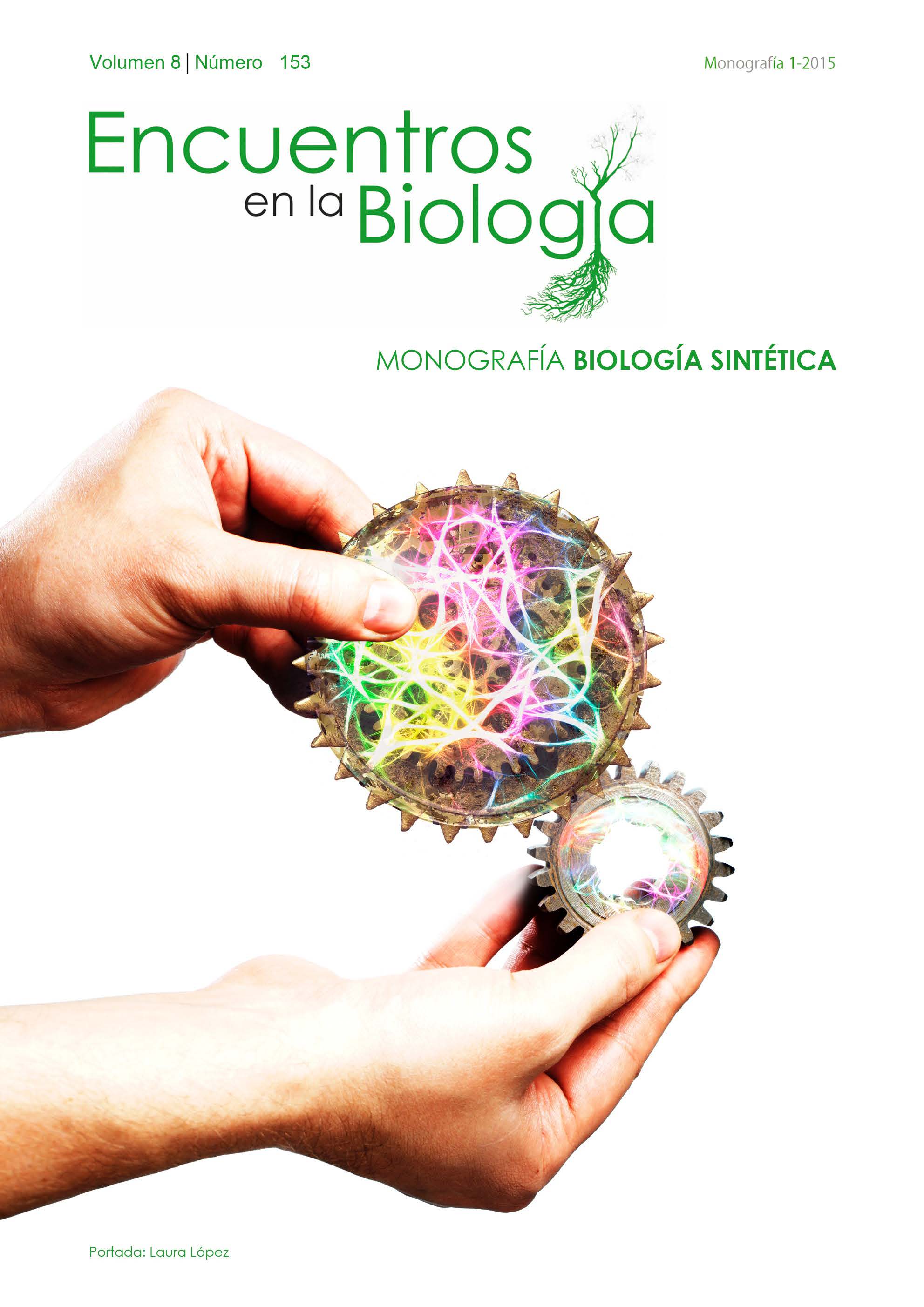Biología sintética: en la intersección entre sociedad y naturaleza
Keywords:
Synthetic biology, artificial life, analyzing DNAAbstract
Synthetic biology pursues a double objective: “creating” artificial life and enabling its industrial exploitation. Within the life sciences, synthetic biology is distinguished by a decided engineering pretension, that is, by the priority it gives to the construction of biological entities, to putting biological phenomena under control or producing them more than—or as much as—to understand them. What differentiates synthetic biology from conventional genetic engineering is that it is not only about reading and analyzing DNA or isolating genes that occur in nature and assembling them in already existing organisms, but about “writing” completely new ones and “ print them” or summarize them below. Thus, it does not only seek to adapt or modify existing biological systems, but also to design, model and build new biological systems. In this way it must be possible to re-synthesize natural genes and produce new genes, new enzymes or even life forms with the capacity to self-reproduce of which similar forms do not exist in current biodiversity.
Downloads
Metrics
Publication Facts
Reviewer profiles N/A
Author statements
Indexed in
-
—
- Academic society
- N/A
- Publisher
- Uma Editorial. Universidad de Málaga
References
Boldt, J., Müller, O. & Maio, G. (2009): Synthetische Biologie. Eine ethisch-philosophische Analyse. Beiträge zur Ethik und Biotechnologie 5, Eidgenössische Ethikkommission für die Biotechnologie, Bern: BBL.
Breckling, B. (2008): Evolutionary integrity – an issue to be considered in the long-term and large-scale assessment of genetically modifed organisms, en: Breckling, B., Reuter, H. & Verhoeven, R. (2008) Implications of GM-Crop Cultivation at Large Spatial Scales. Frankfurt a.M.: Peter Lang, 169-176.
Craig Venter, J. (2014): Life at the speed of light. From the double helix to the dawn of digital life. London: Abacus.
Etzkowitz, H. (2003): Innovation in Innovation: The Triple Helix of University-Industry-Government Relations, in: Social Science Information 42, 293-337.
Gehring, Petra (2006): Was ist Biomacht? Vom zweifelhaften Mehrwert des Lebens. Frankfurt a.M.: Campus.
Moya, A. (2011): Naturaleza y futuro del hombre. Madrid: Síntesis.
Moulier Bountang, Y. (2012): La abeja y el economista. Madrid: Trafcantes de Sueños.
Nordmann, A., Radder, H., Schiemann, G. (2011): Science after the End of Science? An Introduction to the “Epochal Break Thesis”, en Id. (eds.): Science Transformed? Debating Claims of an Epochal Break. Pittsburgh: University of Pittsburgh Press, 1-15.
Pimentel, D., Westra, L. & Noss, R. F., (eds.) (2000): Ecological Integrity. Integrating Environment, Conservation, and Health, Washington, D.C.: Island Press.
Riechmann, J. (2014): Un buen encaje en los ecosistemas (segunda edición actualizada de Biomímesis). Madrid: Los Libros de la Catarata.
Rose, N. & Novas, C. (2005): Biological citizenship, en A. Ong – St. Collier (eds.): Global Assemblages: Technology, Politics, and Ethics as Anthropological Problems. Malden: Blackwell, 439-463.
Sunder Rajan, K. (2006): Biocapital: The Constitution of Postgenomic Life. Durham, NC: Duke University Press.
Ziman, J. (2000): Real Science: What It Is, and What It Means. Cambridge: Cambridge University Press.
Downloads
Published
How to Cite
Issue
Section
License
Esta obra está bajo licencia internacional Creative Commons Reconocimiento-NoComercial-CompartirIgual 4.0.
Esta revista provee acceso libre inmediato a su contenido bajo el principio de hacer disponible gratuitamente la investigación al público. Todos los contenidos publicados en Encuentros en la Bilogía están sujetos a la licencia Creative Commons Reconocimento-NoComercia-Compartirigual 4.0 cuyo texto completo puede consultar en <http://creativecommons.org/licenses/by-nc-sa/4.0>
Se pueden copiar, usar, difundir, transmitir y exponer públicamente, siempre que:
Se cite la autoría y la fuente original de su publicación (revista, editorial y URL de la obra).
No se usen para fines comerciales.
Se mencione la existencia y especificaciones de esta licencia de uso
Los derechos de autor son de dos clases: morales y patrimoniales. Los derechos morales son prerrogativas perpetuas, irrenunciables, intransferibles, inalienables, inembargables e imprescriptibles. De acuerdo con la legislación de derechos de autor, Encuentros en la Biología reconoce y respeta el derecho moral de los autores/as, así como la titularidad del derecho patrimonial, el cual será cedido a la Universidad de Málaga para su difusión en acceso abierto. Los derechos patrimoniales, se refieren a los beneficios que se obtienen por el uso o divulgación de las obras. Encuentros en la Biología se publica en open access y queda autorizada en exclusiva para realizar o autorizar por cualquier medio el uso, distribución, divulgación, reproducción, adaptación, traducción o transformación de la obra.
Es responsabilidad de los autores/as obtener los permisos necesarios de las imágenes que están sujetas a derechos de autor.
Los autores/as cuyas contribuciones sean aceptadas para su publicación en esta revista conservarán el derecho no exclusivo de utilizar sus contribuciones con fines académicos, de investigación y educativos, incluyendo el auto-archivo o depósito en repositorios de acceso abierto de cualquier tipo.
La edición electrónica de esta revista esta editada por la Editorial de la Universidad de Málaga (UmaEditorial), siendo necesario citar la procedencia en cualquier reproducción parcial o total.


